Chinese researchers combined a glow‐like helium atmospheric pressure plasma jet with clinical antitumor drug‐Tegafur‐ to treat pancreatic tumor cells in vitro.
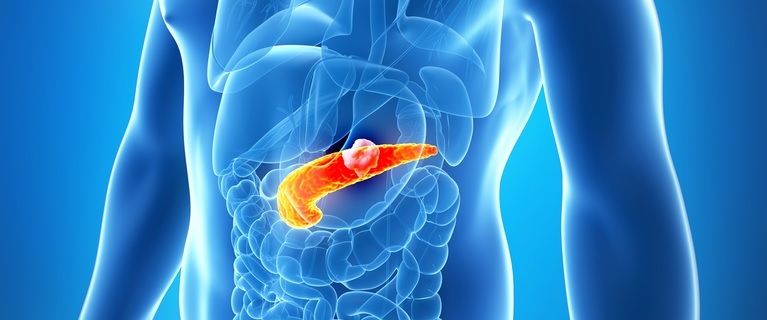

Chinese researchers combined a glow‐like helium atmospheric pressure plasma jet with clinical antitumor drug‐Tegafur‐ to treat pancreatic tumor cells in vitro.
![Improving the Sensitivity of Fluorescence-based Immunoassays [Video]](https://www.advancedsciencenews.com/wp-content/uploads/2019/03/smll201803751_ASN_image-e1553596622376.jpg)
A novel photobleaching method to reduce the autofluorescence of magnetic beads, improving the analytical performance of fluorescence‐based immunoassays.
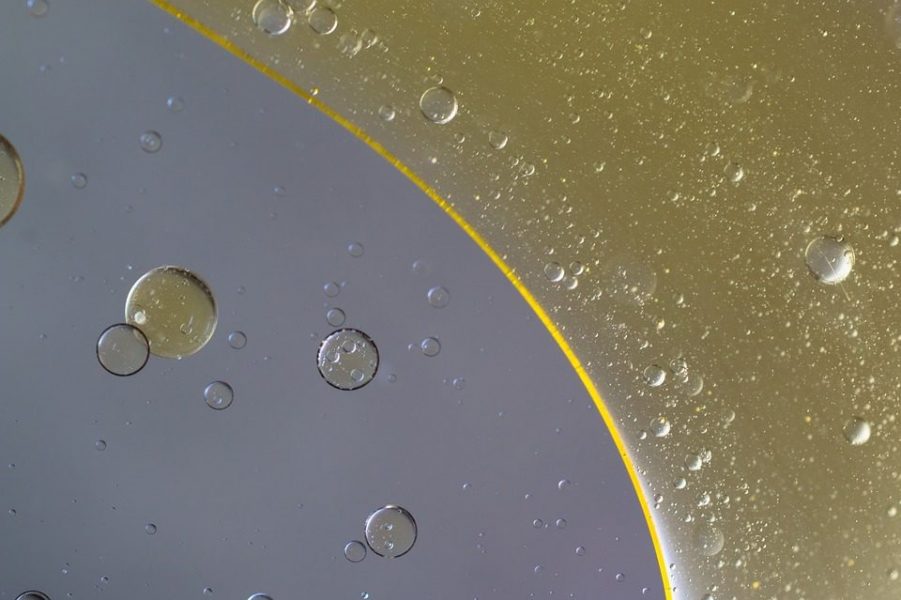
A simple, quick and versatile approach for fabricating gradient tissues through the physical force of buoyancy.

A perenial source of controversy.
![Tumor-Targeting Nanoprobe with a Novel Cell Membrane Permeability Mechanism [Video]](https://www.advancedsciencenews.com/wp-content/uploads/2019/03/adma201807456_ASN_image.jpg)
A team of researchers develop a graphene-based tumor cell nuclear targeting fluorescent nanoprobe (GTTN) with a cell membrane permeability targeting mechanism.

US scientists have found bacteria that converts toxic pollutants into less harmful substances, while generating electricity in the process.
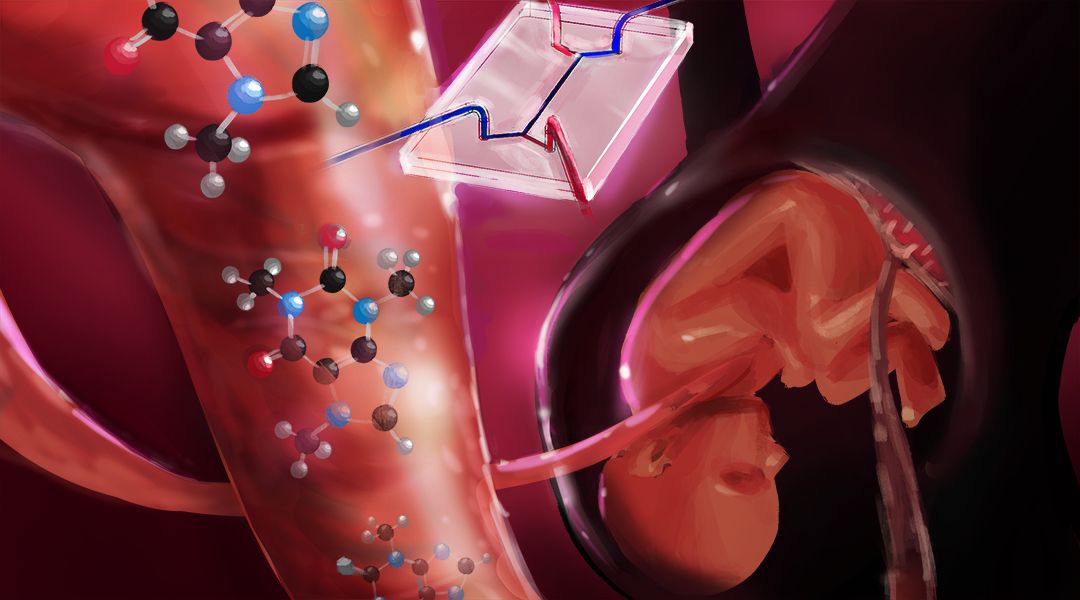
Organ-on-a-chip technology allows for the study of caffeine transport across the placenta to the fetus during pregnancy.
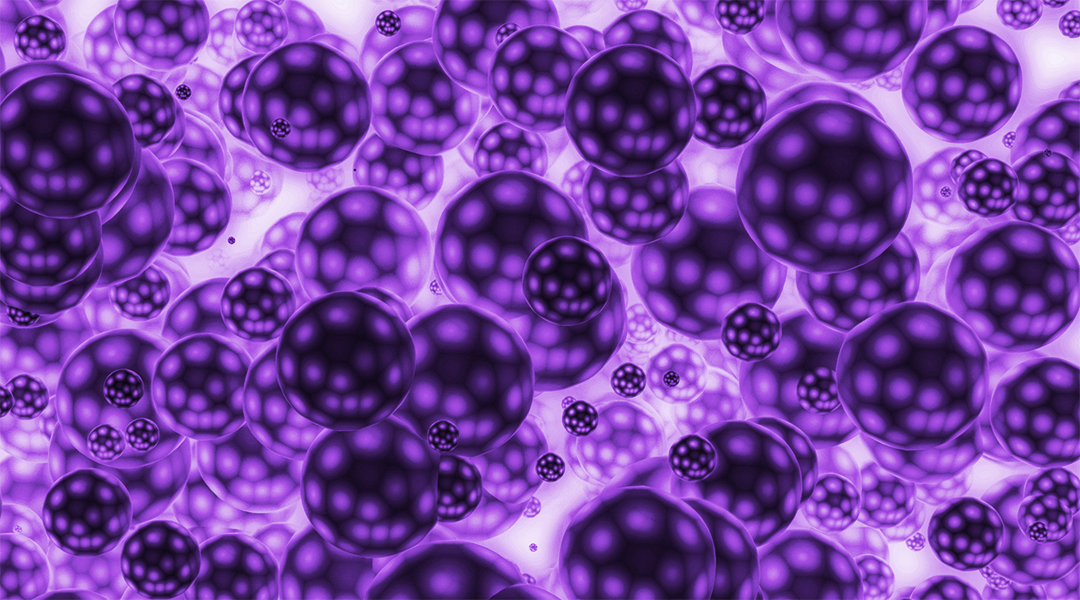
Alessia Battigelli reviews organic materials formed by the self-assembly of peptoids in Biopolymers

A team of Canadian researchers has shown that direct contact between an AP “cold” oxidizing plasma source and water that contains very high concentrations of cyanobacteria and green algae, along with associated BMAA toxin, could be quite rapidly (in minutes) decontaminated with modest energy input.
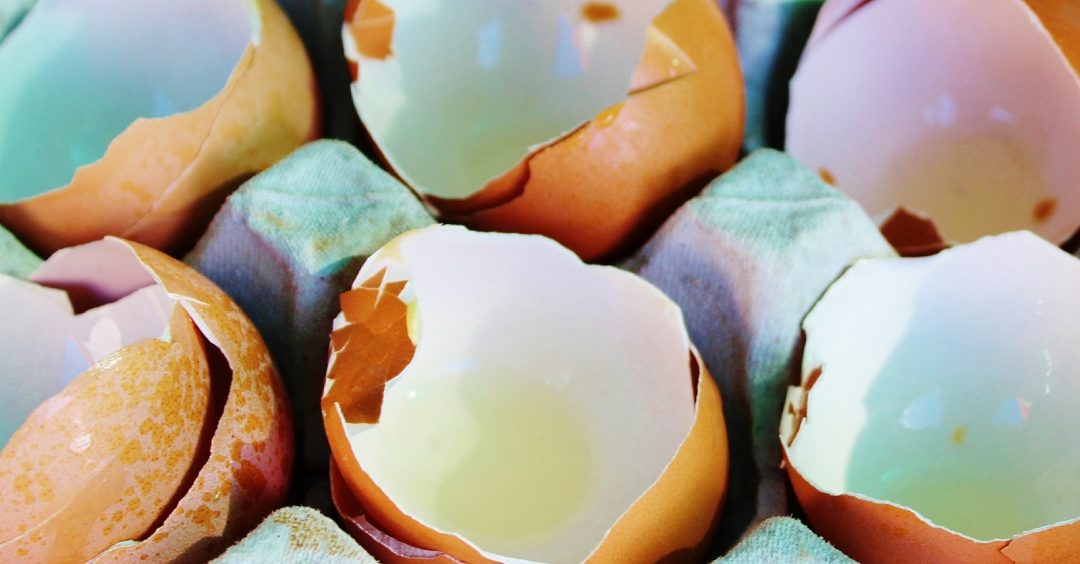
For the first time, a research group successfully uses egg shells as an electrode for energy storage.